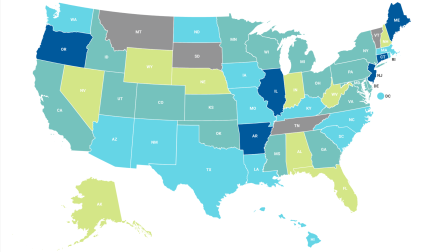
Kidney disease guidelines to manage and treat high potassium (hyperkalemia)
When you have kidney disease, your kidneys cannot remove extra potassium in the right way, and too much potassium can stay in your blood. Use these tips to help create and follow a plan to manage high potassium with the help of your doctor.

1. Talk to your provider about high potassium
Potassium is a mineral and an electrolyte that mostly comes from the food you eat. It helps your nerves and muscles work right, especially your heart.
The only way to know if you have high potassium is to have a blood test. You will need to monitor this closely with your healthcare team through routine lab work and a treatment plan.
Your risk of having high potassium is even higher if any of these are true for you:
- You take certain medicines to control your blood pressure, such as ACE inhibitors (angiotensin-converting enzyme inhibitors) or ARBs (angiotensin receptor blockers).
- You have diabetes.
Ask your provider these questions:
- What is my potassium level?
- What should my potassium level be?
- How often should I have a blood test to check my potassium level?
- Why do I have high potassium?
- What caused it?
- What changes can I make to manage high potassium? Do I need to take any medicines to treat high potassium?
- What are the possible side effects of these medicines?
- How long will I need to take these medicines?
- What should I do if I have symptoms of high potassium?

Tips to follow a low potassium food and fluid plan
A dietitian can help you create a low potassium food and fluid plan that is right for you. A low potassium eating plan is between 2,000 – 3,000mg of potassium per day. As an example, spread out over three meals, this may include anywhere between 500-800mg of potassium per meal, leaving room for snacks and drinks through the day.
- How can I read food labels to identify high potassium foods?
- How much fluid should I be drinking?
- How much potassium should I eat in a day?


